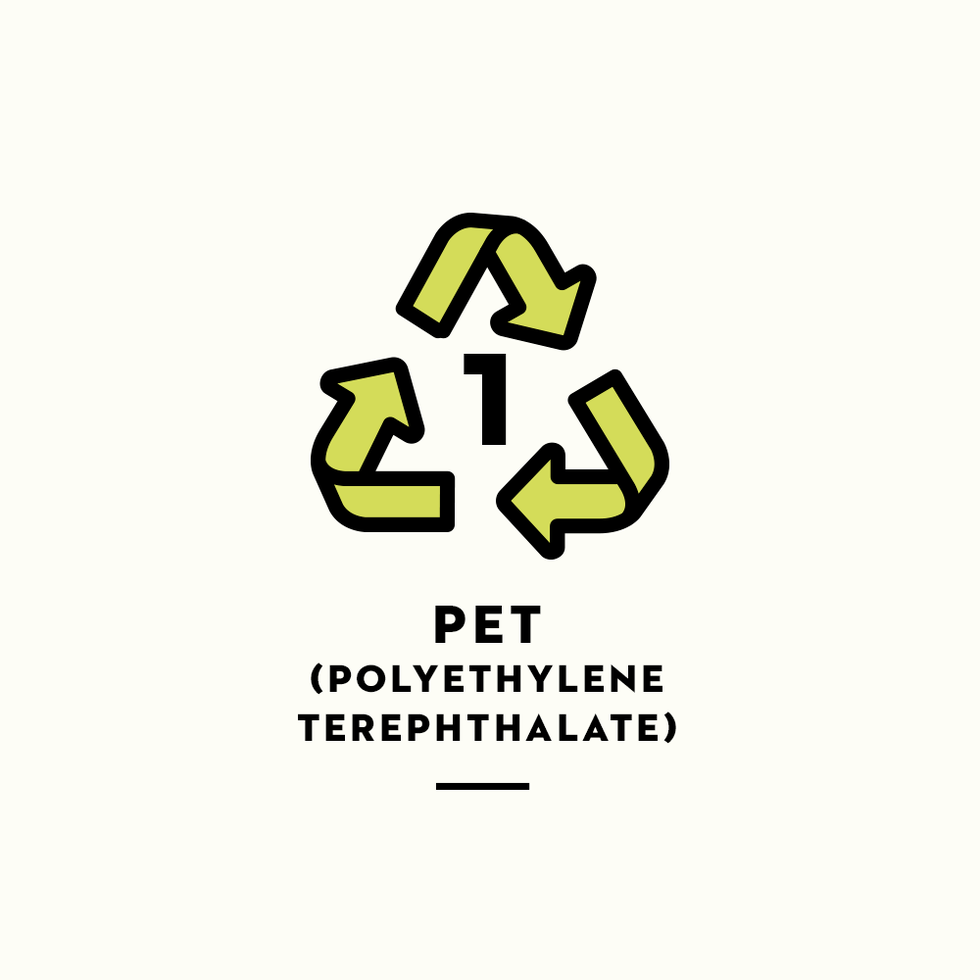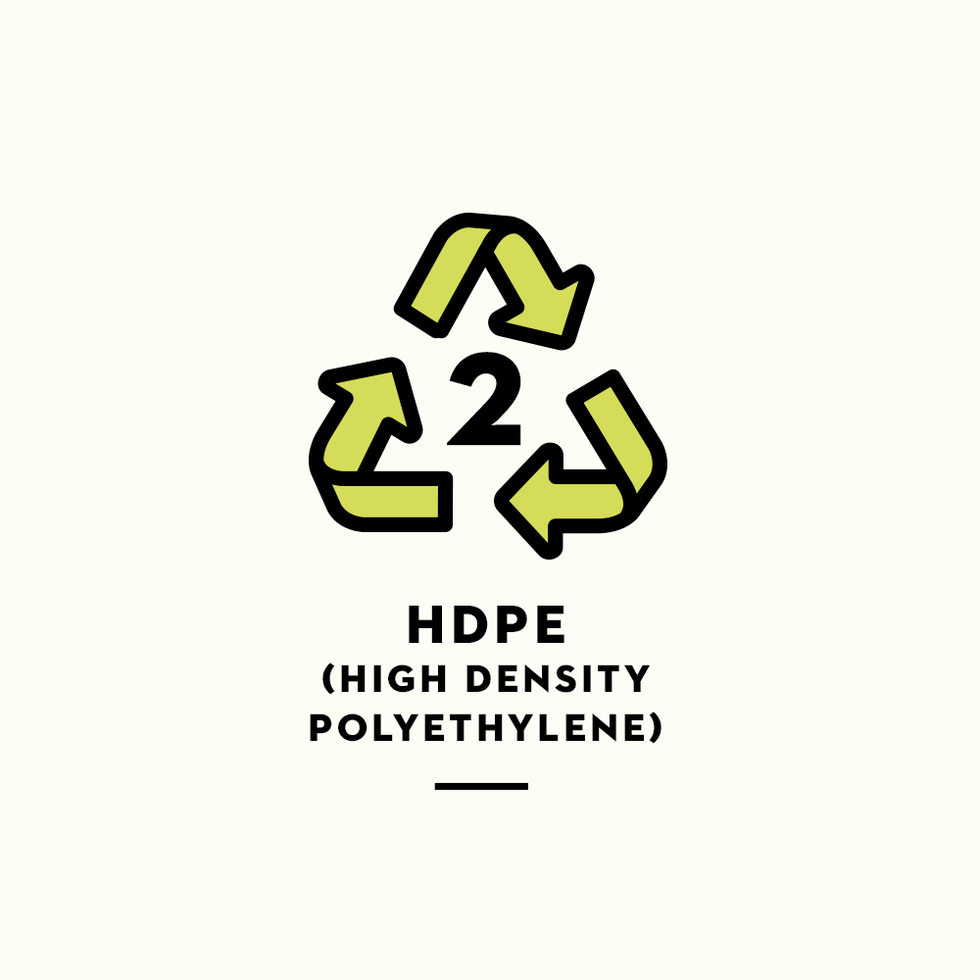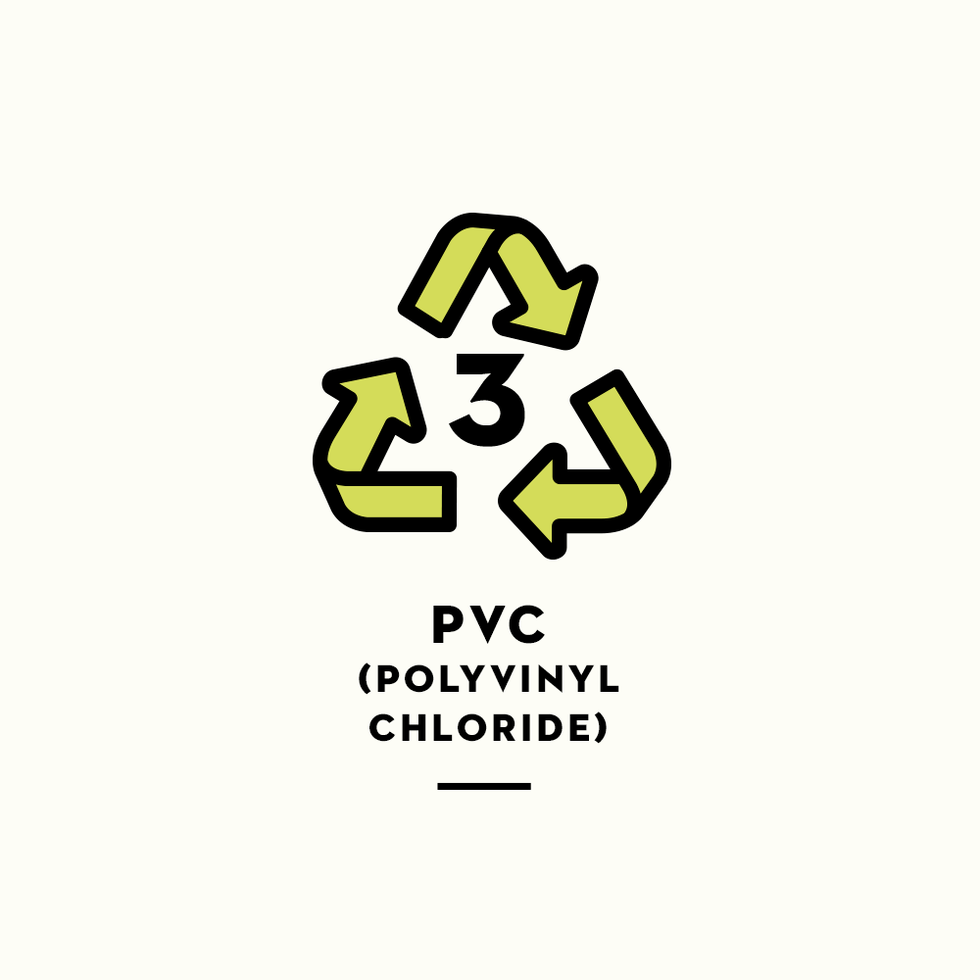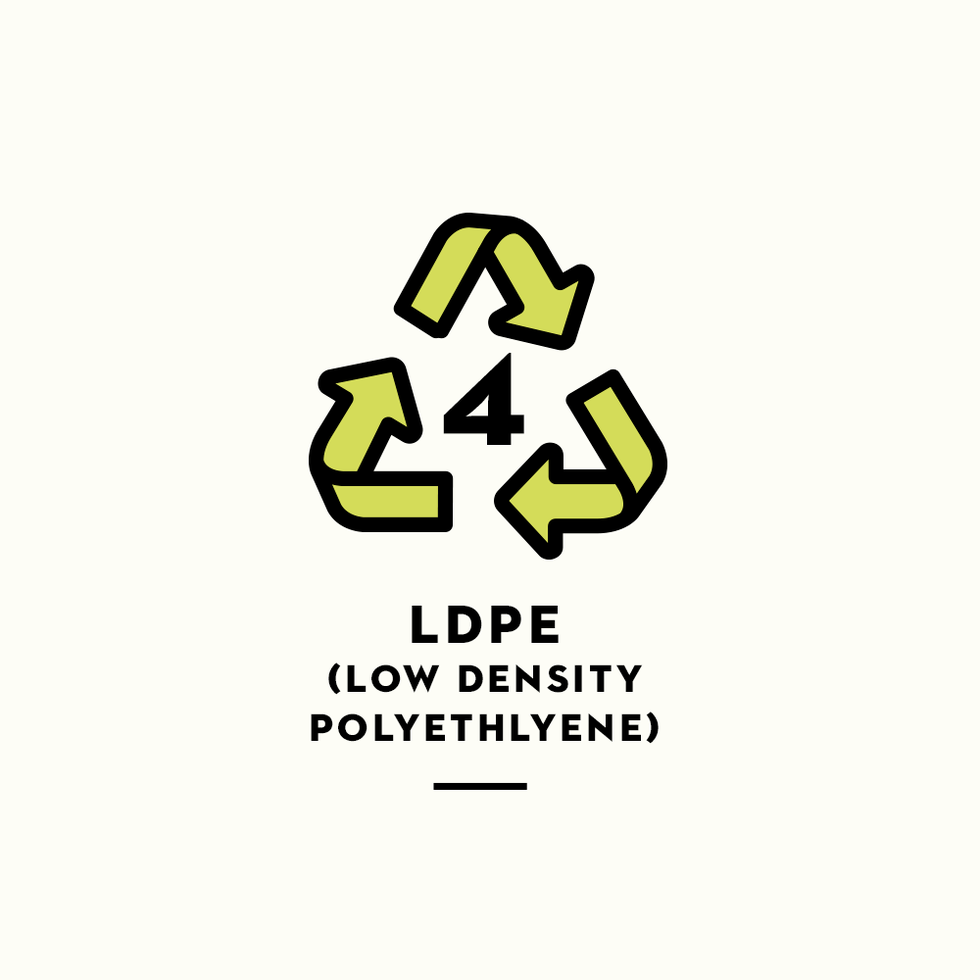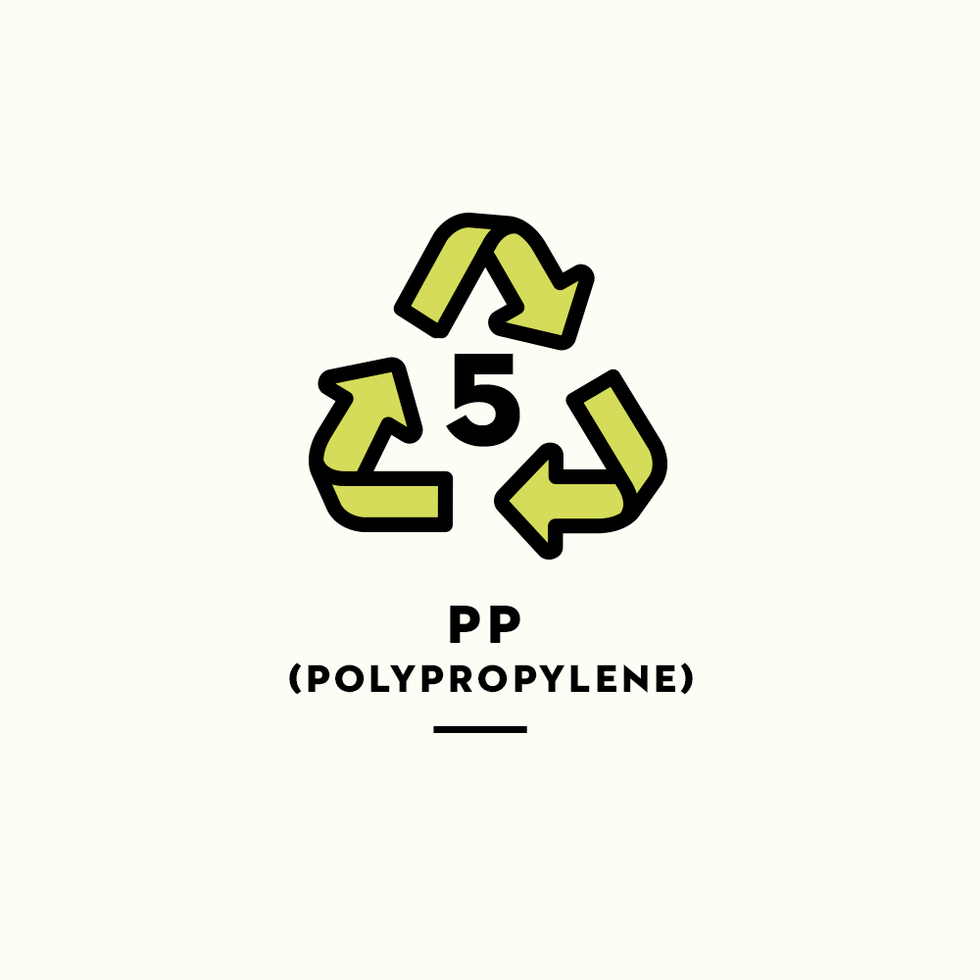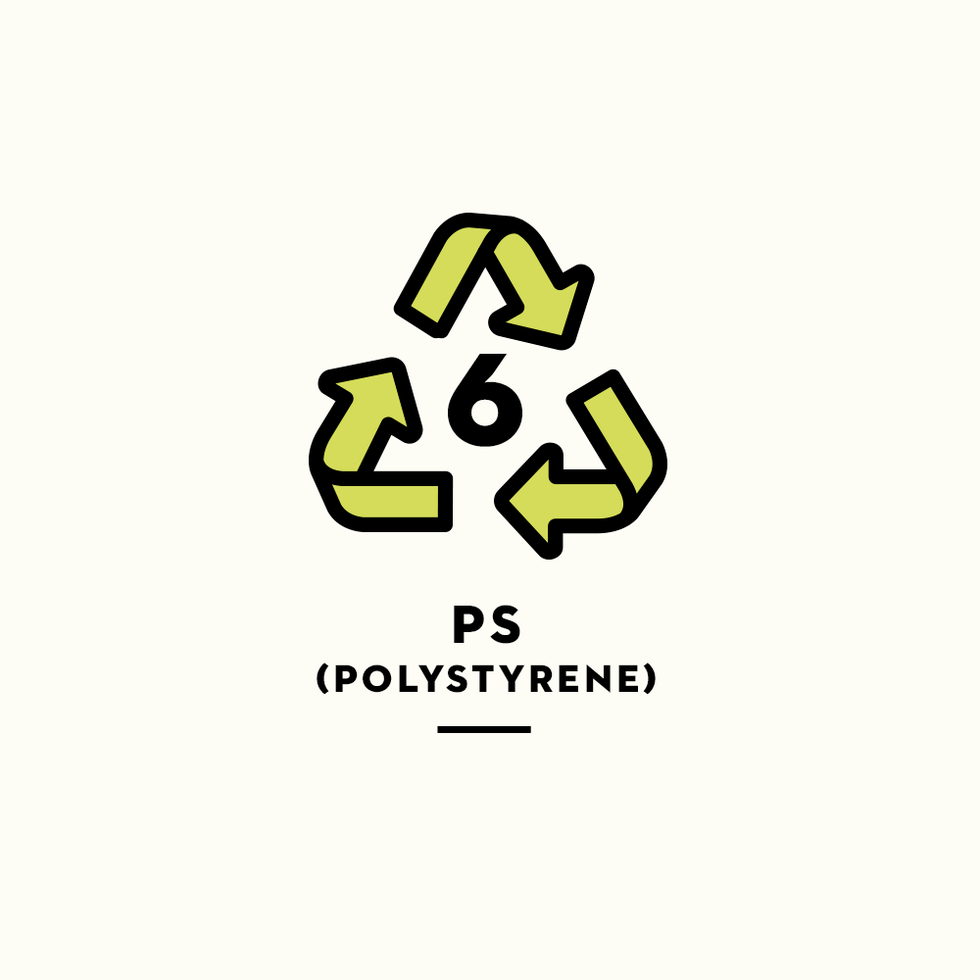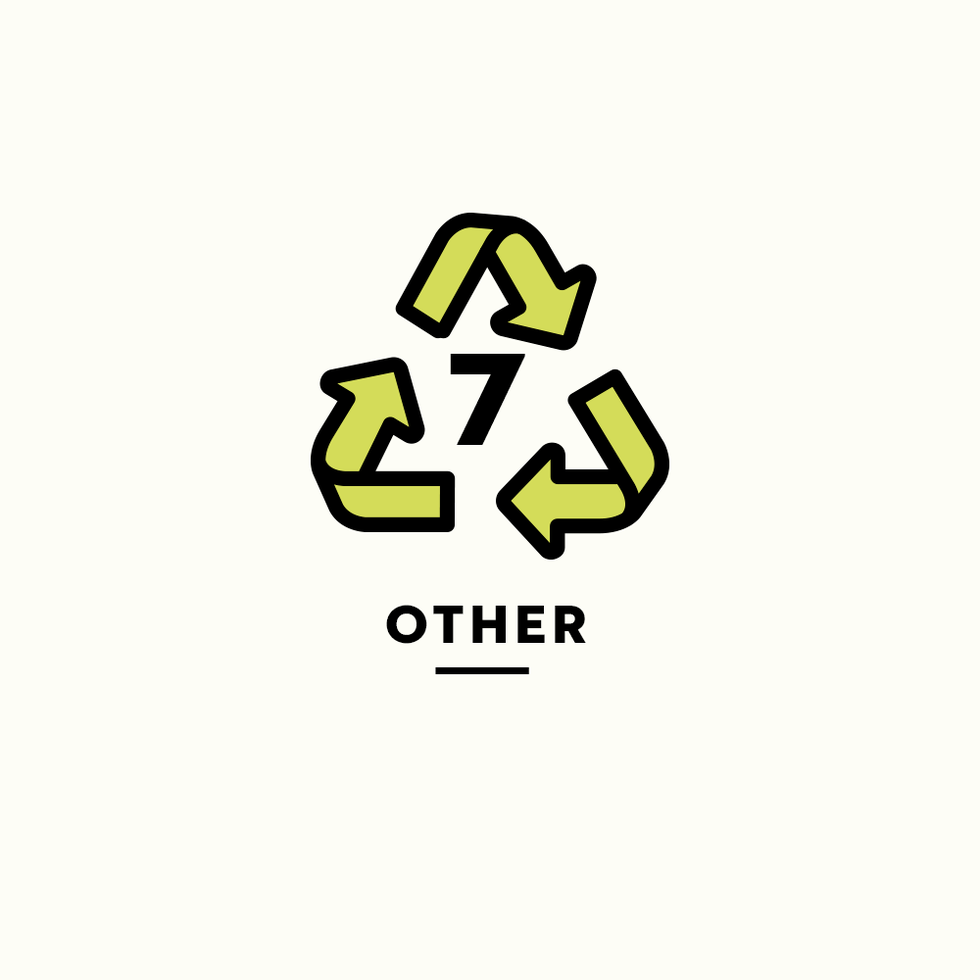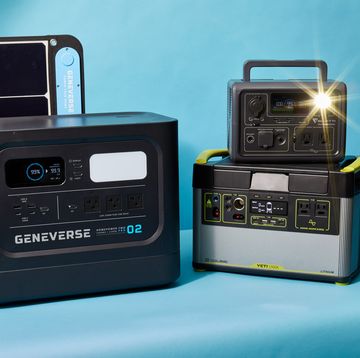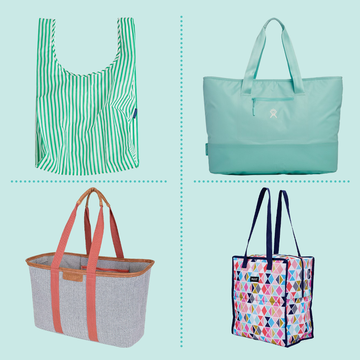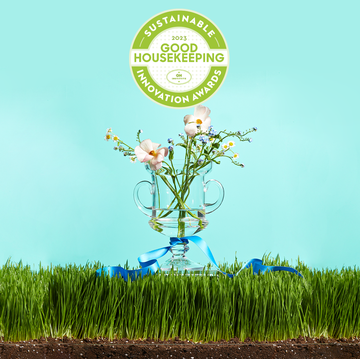How to Decode Recycling Symbols
Mystified by the symbols on your plastic packaging? Here's what you need to know, including instructions for what can and can't be recycled.
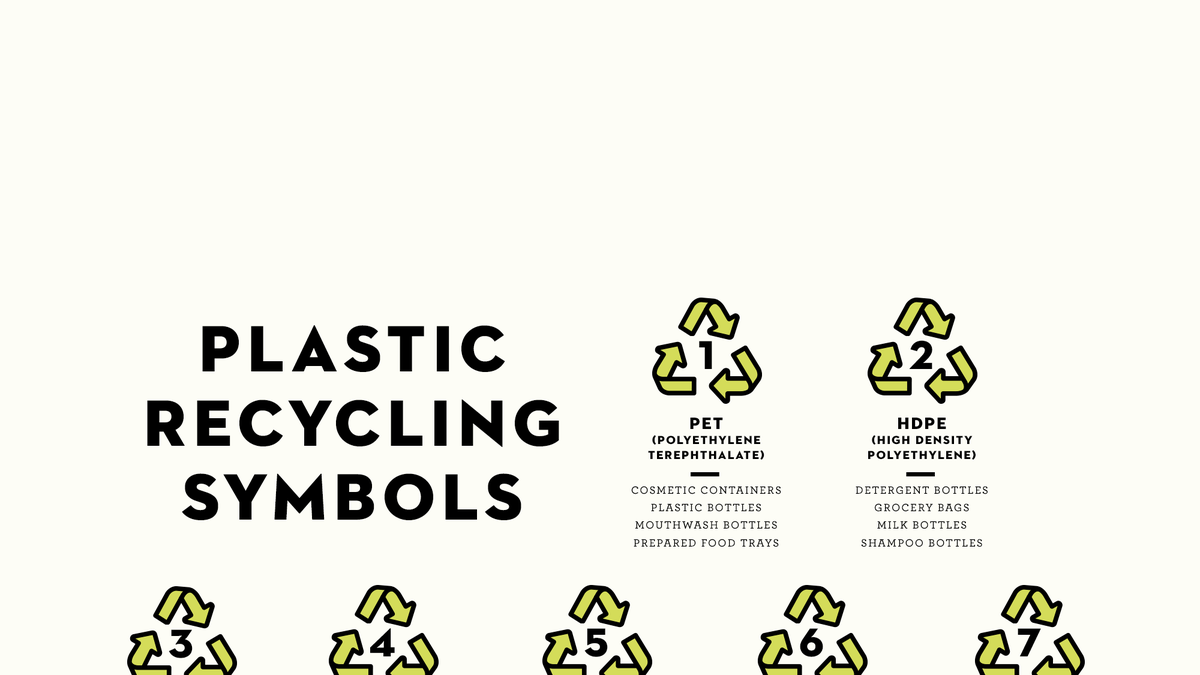
Metal straws, glass food storage containers, shampoo bars, reusable grocery bags — there are a lot of great ways to avoid single-use plastics, but sometimes it's unavoidable.
So, what can you do to help ensure your laundry detergent jugs and plastic takeout containers don't end up in landfills or harming marine life? After reducing and reusing, your best option is recycling — but that can be easier said than done. In fact, less than 10% of plastic waste generated worldwide has ever been recycled, according to the United Nations Environment Programme.
One of the many barriers to easily recycling plastic is confusion around the seven plastic recycling symbols, each of which represents a different type of plastic and distinct recycling instructions. So before you start tossing every plastic bottle and utensil you use into your recycling bin, it's important to understand the meaning behind each recycle symbol.
Here at Good Housekeeping, our team is passionate about sustainability. From helping you decode "eco-friendly" claims to sharing the winners of our annual Sustainable Innovation Awards, we want to help you make smart decisions for your home and the environment. Here, our Good Housekeeping Institute environmental experts explain what each recycling symbol means, including what types of products you'll find it on, and what can and can't be recycled.
Understanding the meaning of recycling symbols 1-7
The symbols themselves can give you insight into where and how to recycle an item, but first, it's important to research and understand your town's legislation and rules for recycling so that you know what can and cannot be recycled in certain bins.
That's because you'll want to be aware if your town does not have a way to recycle certain materials. While Mike Brown of Brown & Wilmanns Environmental (one of GH's environmental consultants) says there's a chance your town might collect it anyway to store or dispose of, it may not be worth the risk.
"Check your municipality’s recycling guidelines for clarity on what is and is not accepted, and if you're still not sure, just throw it away," advises GH Institute Reviews Analyst Noah Pinsonnault, who has extensively studied and conducted research in the field of environmental science. "Non-recyclable items in the recycling stream cost processors time and money, and some processors will send the entire bag of items to the landfill if it contains too many non-recyclable items."
Below, we break recycling symbols 1 through 7 down, with a detailed explanation of how to read each one.
Isabella (she/her) covers commerce and product-related content in the home, lifestyle, fitness, technology and beauty. She graduated from Binghamton University in 2022 with a bachelor’s degree in English: Literature & Rhetoric. Before joining GH, she was an editorial assistant at Prevention, where she covered health topics and celebrity news.

Amina is a product review writer and editor who worked as an editorial assistant in the Good Housekeeping Institute from 2018 to 2020, writing original content based on GH Lab experts' product testing and analysis. Amina graduated from Montclair State University with a B.A. in communication studies and journalism.

The Best Organic Pillows

Why Is It so Hard to Recycle Beauty Packaging?
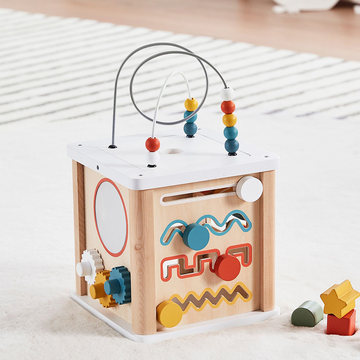
The Best Sustainable Toys for Kids

Inside the 2023 Raise the Green Bar Summit
